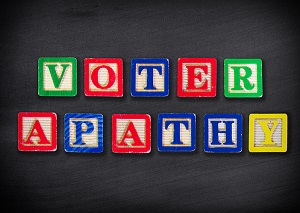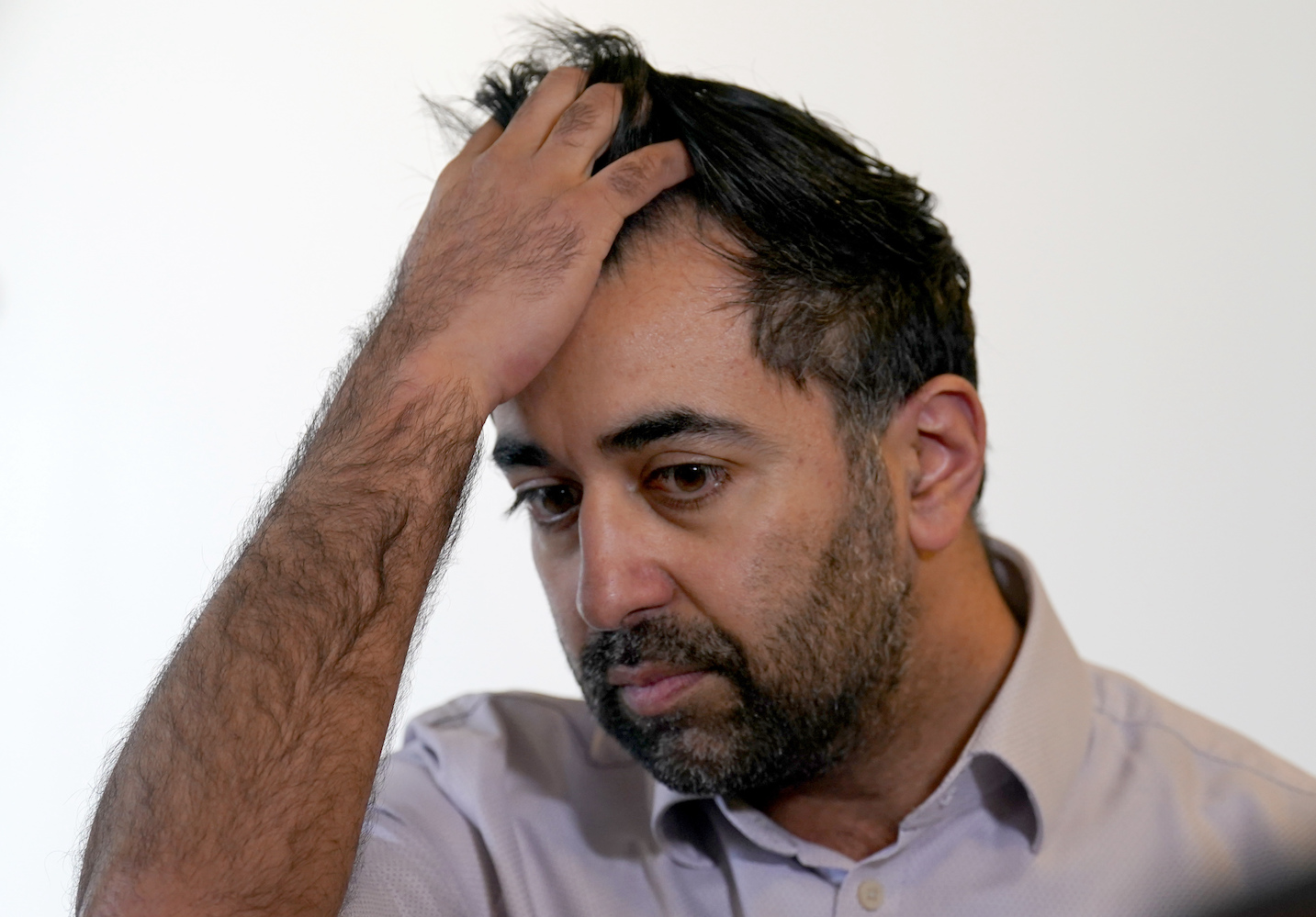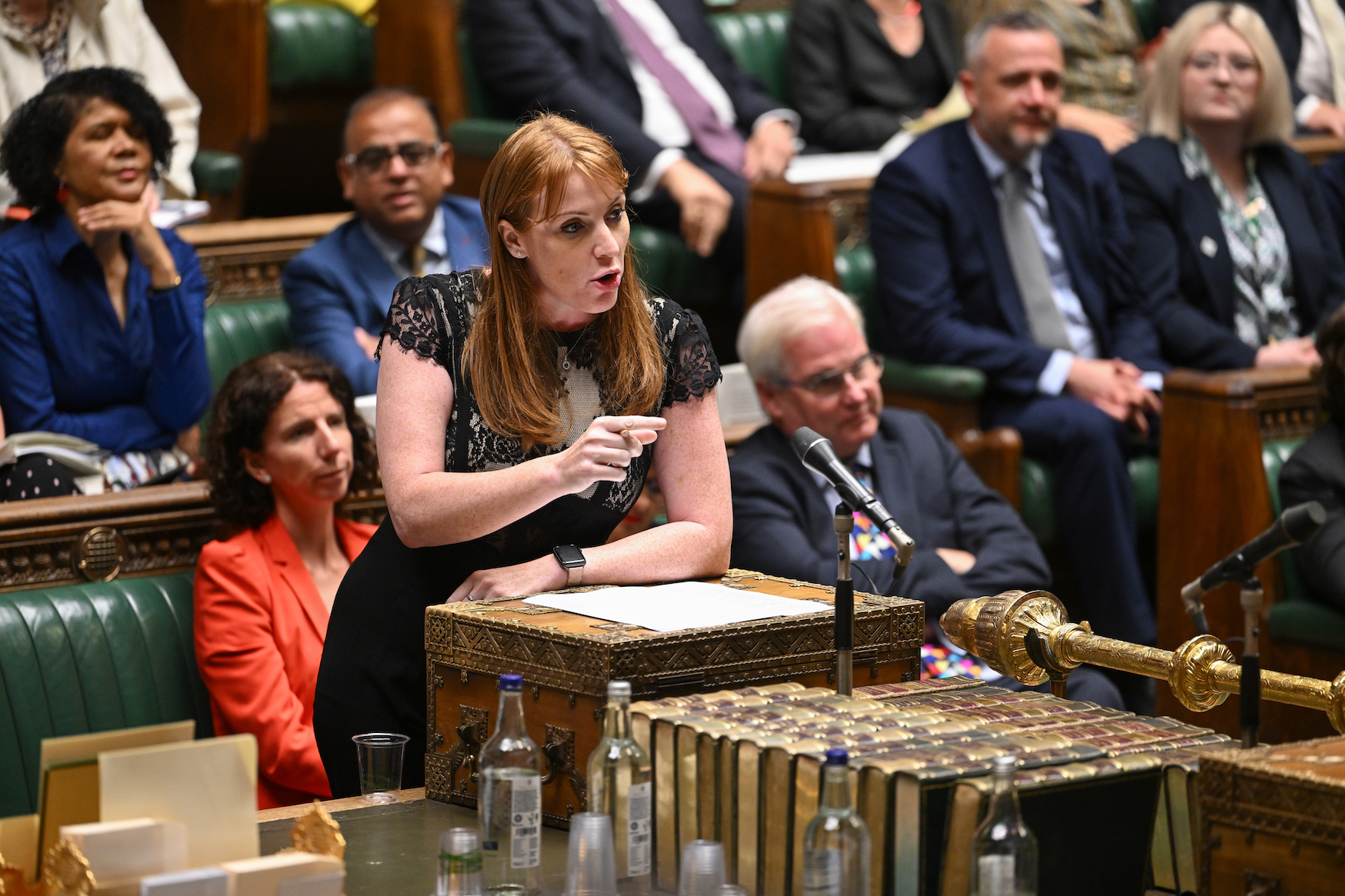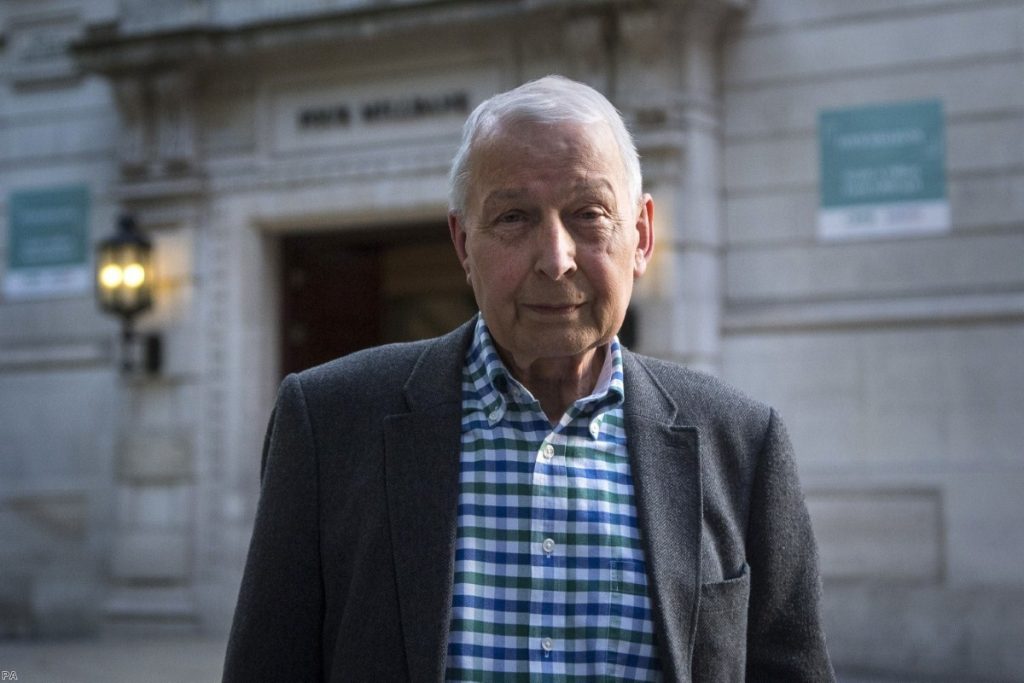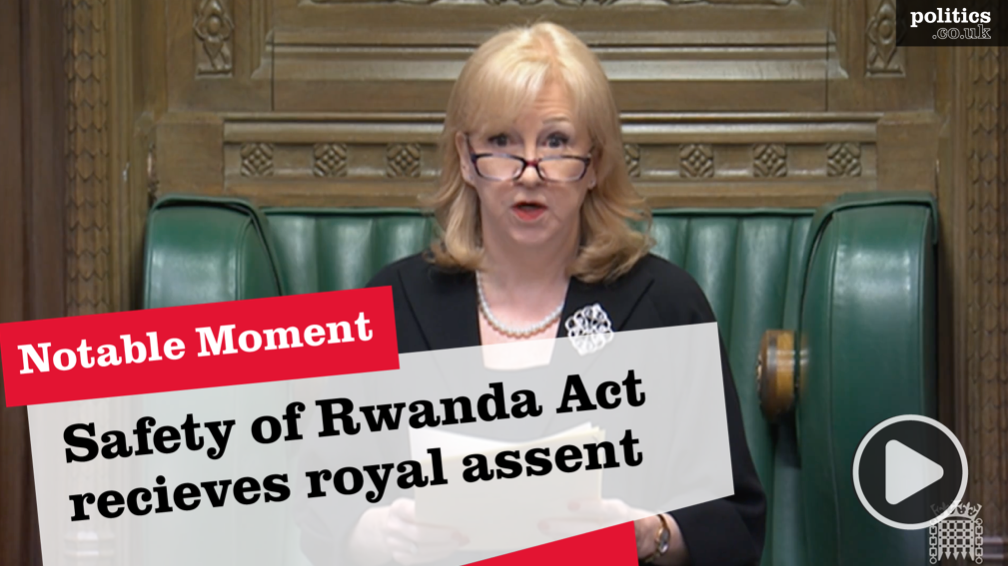Is high voter turnout good?
Election turnout is the percentage measure used to assess popular participation in General Elections. The established wisdom is that high voter turnout is good for democracy. It is also thought to benefit certain political parties.
It is calculated by dividing the number of actual voters by the number of eligible voters. You are ‘eligible’ to vote in the UK if you are over 18, a British citizen and have registered to vote on the electoral register.
UK election turnout
In the United Kingdom’s 1950 General Election, voter turnout peaked at 84%. This number significantly surpasses the figures seen in recent elections:
• 1997 General Election – 71.3%
• 2001 General Election – 59.4%
• 2005 General Election – 61.4%
• 2010 General Election – 65.1%
• 2015 General Election – 66.1%
• 2017 General Election – 68.8%
• 2019 General Election – 67.3%
Within the 2019 national figures, turnout varied considerably between constituencies.
The marginal seat of East Dunbartonshire, held by the then Liberal Democrat Leader Jo Swinson, had the record for the highest turnout (80.3%). At the other end of the range, in Hull East less than half the electorate decided to vote (49.3%).
Younger people are generally less likely to vote than older generations. Despite talk of a so called ‘youthquake’ in recent years, Ipsos Mori showed that voter turnout in 2019 was only 47% amongst those aged 18-24 compared to 74% amongst those aged over 65.
Ethnic minorities are also generally less likely to vote than white people. Turnout among ethnic minorities was estimated to be around 59% at the 2017 General Election, eleven percentage points lower than the 70% turnout level seen among white voters.
Men and women are equally likely to vote. There has been no significant difference in turnout between men and women since the 2001 election- any difference has typically only been in the region of 1-3 percentage points.
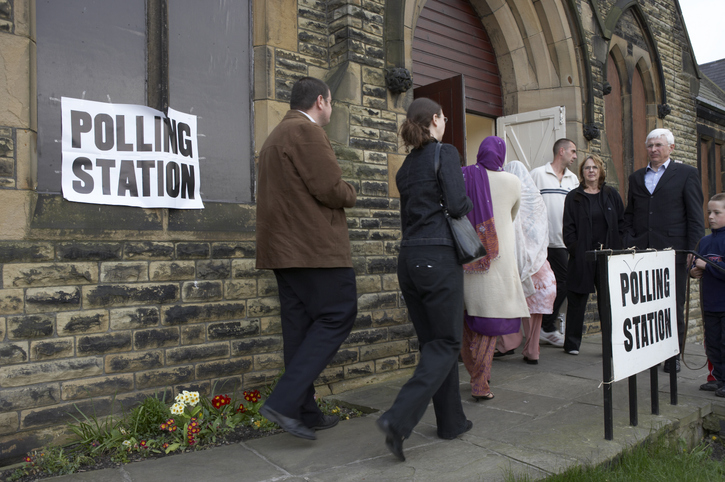
Older voters are more likely to vote than younger people.
Voter turnout in local council elections is always considerably lower than in General Elections. For UK local elections held outside of General Election years, turnout rarely manages to exceed 35%.
Turnout in the 2014 referendum on Scottish independence was 84.6%. This was the highest turnout of any election held anywhere in the UK since the introduction of universal suffrage in 1918.
Turnout in the 2016 Brexit referendum on Britain’s continuing membership of the European Union was 72.1%. That was a higher figure than any of the General Elections held between 1997 and 2019.
In 2021, turnout for the Scottish Parliament elections was 63.2%. It was though far lower, at 46.6%, in elections for the Welsh Senedd.
International voting level comparisons
In the 2016 American Presidential election, only 55.7% of eligible Americans turned out to vote. A relatively low electoral turnout has been a feature of American politics since the 1950s, with more people choosing not to vote (51%) than vote (49%) in the 1996 contest. However, the perceived high-stakes of the Trump – Biden 2020 presidential election persuaded a higher 66.7% of the electorate to vote.
German federal elections consistently produce turnouts of over 70%. The 2017 German federal election had a turnout of 76.2%.
Iceland stands out as the European country with the highest voluntary electoral participation. The 2017 Icelandic parliamentary election saw 81.2% of eligible voters turn out. Electoral turnout is higher in Belgium (around 90%), but in Belgium it is compulsory for people to vote.
What influences Election Turnout?
Electoral turnout may be an easy measurement to make, but it is far more difficult to understand the forces that drive it. There are many reasons why people are motivated vote, but also many reasons why others stay at home.
Low turnout is often seen as a sign of disengagement in the electoral process and political system.
The relatively higher turnouts in the 2017 and 2019 General Election have been attributed to an increased perception of influence among the electorate. After the Labour Party’s 1997 election landslide, and the party’s continuing lead in the polls, the 2001 and 2005 election results appeared somewhat preordained. This compared starkly to the 2017 and 2019 elections, held in the midst of the Brexit process. These latter two elections were billed as high stakes, highly competitive and uncertain contests – hence the higher turnout.
What can be done to increase voter turnout?
Voter ‘apathy’ is regularly attributed to a distrust in the system and of all those within it. Nothing better exemplifies this than the commonly heard mantra that, ‘they are all the same’. Those fighting against such instincts variously call for more polite forms of political debate, the importance of attracting a different breed of politician, and the need for greater political and citizen education in schools.
Material factors could also be altered to make voting easier. There have been calls to move the election day to the weekend and change polling hours. Others have argued that encouraging postal voting and early voting might help. The location of the polling station is considered important, with a number of initiatives looking at how to bring the ballot box closer to people. It has been suggested that polling stations could be set up in convenient public places such as supermarkets, or that there could be an introduction of mobile polling stations.
Concern has been expressed that plans to improve the integrity of voting, through potential new ‘Voter ID’ laws enshrined in the governments 2021 Electoral Integrity Bill could at the same time also reduce voter turnout. Criticised by civil liberty groups as amounting to ‘voter suppression’, it is suggested that proposals to require voters to validate their identity through documents like driving licences or passports might disproportionately impact on voter turnout amongst older voters, people of colour and those on low-incomes. Supporters of the Bill, meanwhile, argue that reform is important so to maintain the integrity of voting.
Electoral reform campaigners point to how Britain’s ‘First Past the Post’ electoral system encourages low participation. Because Members of Parliament are constituency representatives, there is a tendency for ‘safe seats’ to develop (where one party dominates). In these seats, no other candidate, other than the incumbent, has any real chance of winning. As each constituency only returns one MP (elected by a plurality), all votes cast for candidates other than the winner are discarded. These votes are labelled ‘wasted votes’ by critics of the current electoral system.
Supporters of direct democracy on the other hand suggest that it is the wider extant Parliamentary system which disillusions voters. After all, in Parliamentary elections, voters only cast one vote every five years, with that vote supposed to encompass their feelings on the entire wide range of policy areas.
By contrast, in Switzerland, voters can “short cut” politicians. People have the chance to vote regularly on individual policy decisions, through a series of formal public votes that are held four times a year. Such votes can cover as many as fifteen separate policy propositions each time. Data from the Swiss Electoral Study has suggested that over 90% of the Swiss electorate have cast their ballot at least once in the previous 20 votes.
One final way of addressing the issue of low voter turnout would be to mandate voting. This is the issue of compulsory voting.
Should voting be compulsory?
Some maintain the key to increasing turnout is ‘compulsory voting’, in other words, making it illegal not to vote.
A system of compulsory voting was introduced in 1924 in Australia. In the years since, turnout has never dropped below 91%. Refusing to vote in Australia results in a fine of between Aus $20 and Aus $50 (something in the region of £12 to £30). Possible imprisonment then awaits those who refuse to pay the fine.
Other countries including Belgium and Bolivia also have compulsory voting regimes. In Belgium, it has been suggested that failing to vote, might prove problematic for those looking for work in the public sector. Ironically repeat offenders in Belgium (those failing to vote in 4 elections or more), are then handed a ten year voting ban. In Bolivia, non voters might have to think more carefully – non-voters can be denied from withdrawing their salary from the bank for three months!
Compulsory voting systems are controversial and there hasn’t as yet been any great push for a compulsory voting regime in the United Kingdom. It is more conventionally argued that the freedom to chose not to vote, is in itself, a democratic right.
In terms of political engagement, it is also suggested that compulsory voting measures merely mask the symptoms of the problem – rather than actually tackling the causes of low political participation.
Labour set to lose out as young voters give politics two fingers









